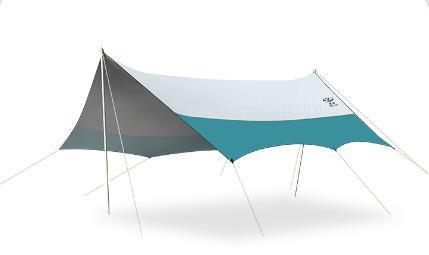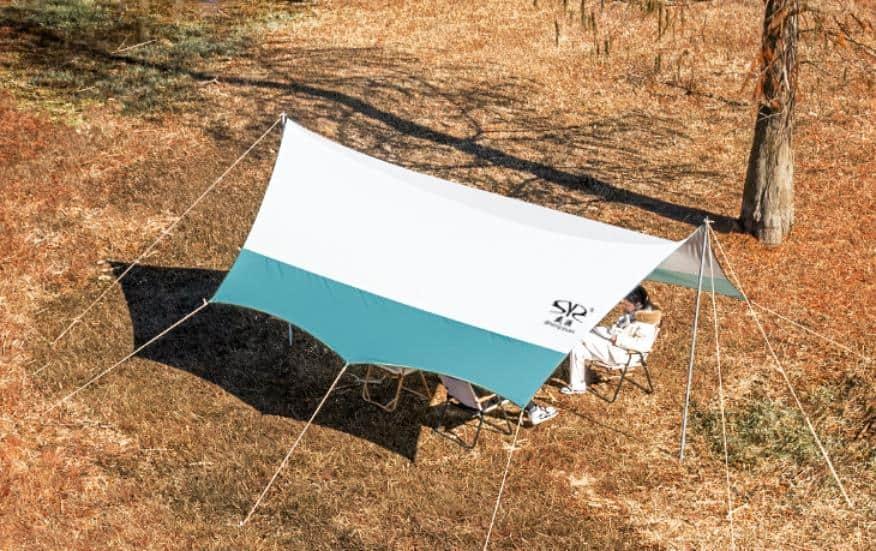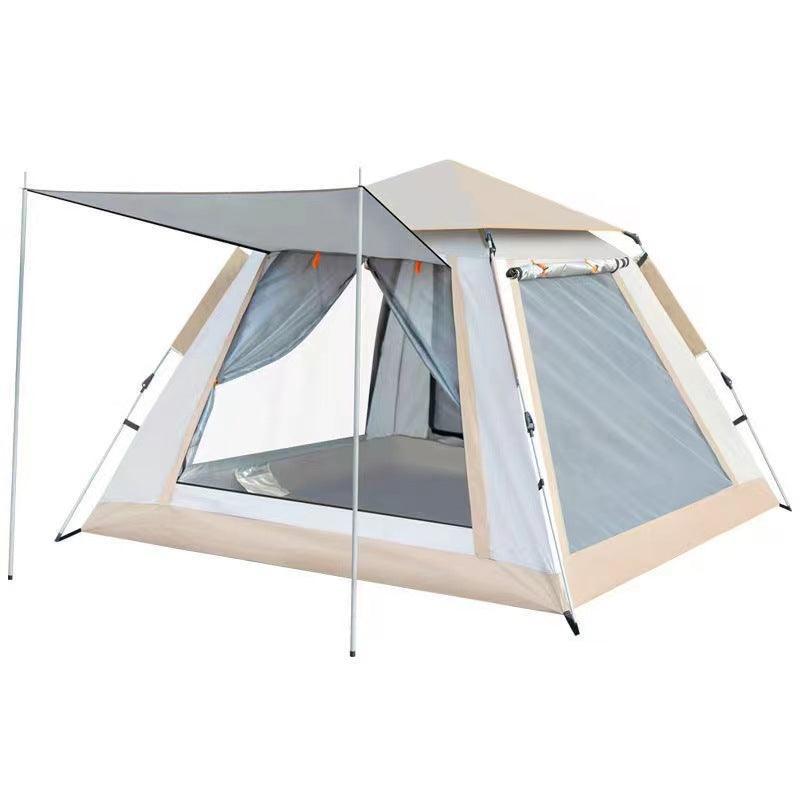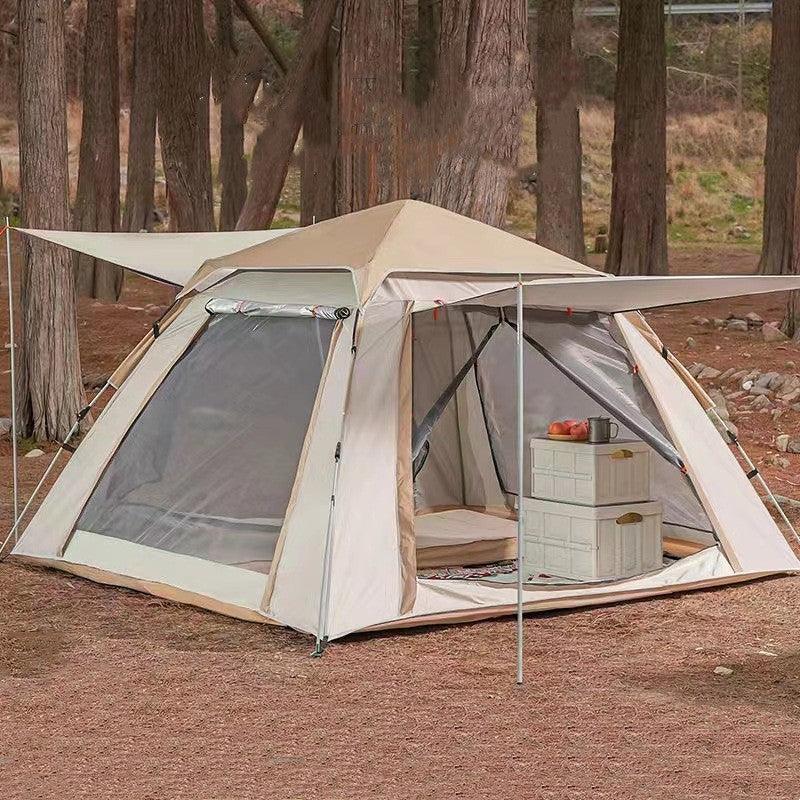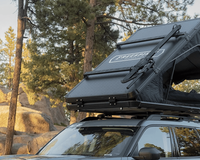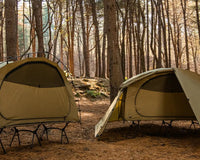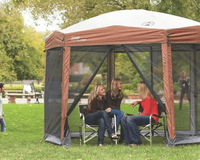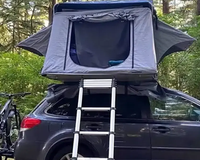Camping can be a great way to get out of the city and into nature but one thing you don't want ruining your outdoor adventure is condensation in your tent. Excess moisture in an enclosed space like a tent can not only make for a less than comfortable sleeping environment, it can also pose health risks due to mold and mildew build up. So if you are wondering why is my tent wet inside and how to prevent condensation in tent from forming while camping, this blog post is here to help. We will explore the causes of condensation, distinguish it from tent leaks, and provide dos and don'ts to effectively stop condensation in your tent.

What Is Condensation & How Is It Formed in a Tent?
Condensation is the process in which water vapor in the air transforms into liquid water when it comes into contact with a colder surface. In the context of camping, condensation occurs when warm, moist air inside the tent meets the cooler surface of the tent fabric or rainfly. there are many causes of condensation, such as temperature differentials, humidity level, lack of ventilation, and occupants' breath. All in all, this interaction between warm and cool surfaces is the most important cause of condensation. As a result, water droplets form on the tent walls and ceiling, leading to a damp and uncomfortable camping environment.
How to Tell if My Tent is Leaking or Condensation?

If you discover water inside your tent, it is important to determine whether it is due to a leak or condensation. Modern tents are designed to be waterproof, so leaks are relatively rare. Condensation is more likely the culprit, especially if the water is found on the tent walls or ceiling. Factors such as temperature differentials, humidity levels, and ventilation play a significant role in differentiating between tent leaks and condensation. Assessing these factors will help you identify the source of the moisture accurately:
- Location of the moisture: Take note of where the moisture is present in your tent. If the water is concentrated around seams, zippers, or areas where the rainfly attaches to the tent, it is more likely to be a leak. Condensation, on the other hand, is generally evenly distributed on the tent walls or ceiling.
- Weather conditions: Consider the weather conditions during which you noticed the moisture. If it has been raining heavily or there is significant external moisture, it is more likely to be a leak. Condensation can occur even in dry weather, particularly during cold nights when humidity levels are high. This is especially relevant when it comes to condensation in tent winter camping, where the combination of low temperatures and elevated humidity can lead to this.
- Timing: If the moisture appears overnight or in the early morning when the temperature drops, it is more likely to be condensation. Leaks, on the other hand, can occur at any time during rainfall or when there is external moisture.
- Touch and feel: Gently touch the affected area and assess the texture of the moisture. If it feels like water droplets or dampness, it is more likely to be condensation. If the moisture feels more like a continuous flow or is localized to specific areas, it suggests a leak.
- Additional signs: Check for signs of water entry points such as damaged seams, tears in the fabric, or malfunctioning zippers. These are indications of potential leaks. Also, inspect the rainfly and ensure it is properly attached and tensioned to prevent water ingress.
By considering these factors and assessing the specific circumstances, you can make a more informed judgment about whether the moisture in your tent is due to condensation or a leak. If you're unsure, it's best to thoroughly inspect your camping tent and conduct a test setup in dry conditions to identify any potential leaks before your next trip.
The Dos and Don’ts on How to Stop Condensation in Tent

Here's a list of dos and don'ts for preventing tent condensation:
Do:
- Pitch your tent in a well-ventilated area with good airflow.
- Utilize all available vents, windows, and doors to promote air circulation.
- Use a rainfly or footprint to provide an extra layer of protection against moisture.
- Use a camping mat or insulated groundsheet to provide a barrier between the cold ground and the tent floor.
- Wipe down the inside walls of the tent with a towel or cloth to remove any condensation.
- Keep wet items outside the tent or in a designated area to prevent additional moisture buildup.
- Dry wet gear and clothes thoroughly before bringing them inside the tent.
- Consider using a tent condensation fan or a tent dehumidifier to prevent condensation inside the tent.
Don't:
- Don't camp in low-lying areas or water sources where cold air can accumulate.
- Don't block or obstruct vents, windows, or doors that are designed for airflow.
- Don't dry wet gear or clothes inside the tent, as it will increase the humidity level.
- Don't touch the inner walls of the tent with gear or body parts, as it can transfer
- Don't moisture to the fabric.
- Don't use heaters or stoves inside the tent, as they can add moisture to the air and create a safety hazard.
- Don't overpack the tent with unnecessary items that can obstruct airflow.
- Don't neglect regular maintenance of your tent, such as checking for tears, repairing seams, and waterproofing if needed.
- Don't forget to thoroughly dry and air out your tent after a camping trip to prevent mold and mildew growth.
By following these dos and avoiding the don'ts, preventing condensation in a tent can be effectively achieved, resulting in a more comfortable camping experience.

Conclusion
In conclusion, properly preventing condensation in your tent is important whether you’re a novice or a professional camper. Take the time to use some of the tips shared in this article. Choosing suitable camping locations, maintaining proper ventilation, and being mindful of moisture sources inside the tent, etc.— all these measures can help to prevent tent condensation build-up. With these pieces of advice taken into consideration, you can have a dry camping experience during your next outdoor adventure.
[ddshopfaq-59511]

